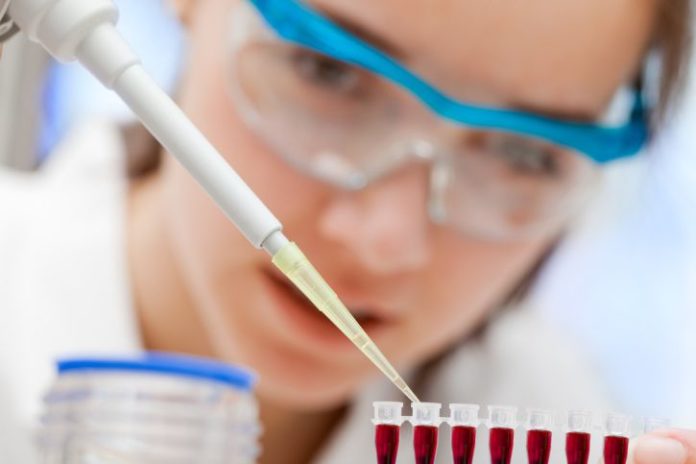In a recently published study in the journal Biological Trace Element Research, Arizona State University researchers report that children with autism had higher levels of several toxic metals in their blood and urine compared to typical children. The study involved 55 children with autism ages five to 16 years old compared to 44 controls of similar age and gender.
The autism group had significantly higher levels of lead in their red blood cells (+41 percent) and significantly higher urinary levels of lead (+74 percent), thallium (+77 percent), tin (+115 percent), and tungsten (+44 percent). Lead, thallium, tin, and tungsten are toxic metals that can impair brain development and function, and also interfere with the normal functioning of other body organs and systems.
A statistical analysis was conducted to determine if the levels of toxic metals were associated with autism severity, using three different scales of autism severity. It was found that 38 to 47 percent of the variation of autism severity was associated with the level of several toxic metals, with cadmium and mercury being the most strongly associated.
In the paper about the study, the authors state “We hypothesize that reducing early exposure to toxic metals may help ameliorate symptoms of autism, and treatment to remove toxic metals may reduce symptoms of autism; these hypotheses need further exploration, as there is a growing body of research to support it.”
Source: Arizona State University










